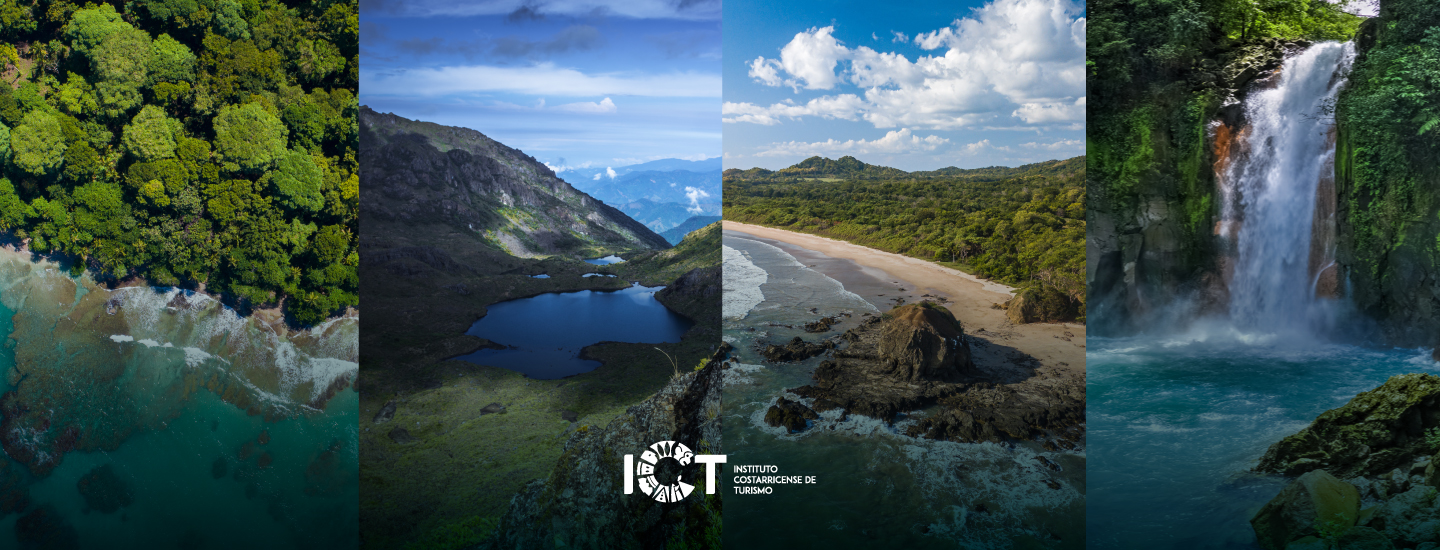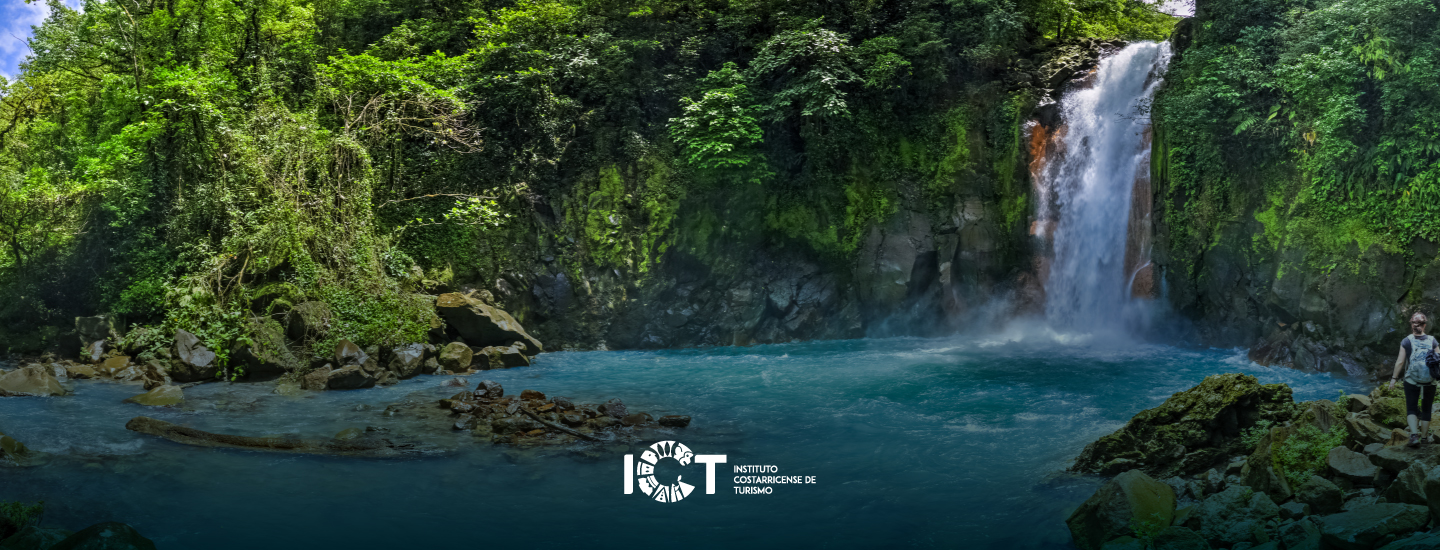Nine can’t-miss attractions you have to see in Santa Cruz and Nicoya
Did you know... That the crafts of Guaitil are made with iguana sand? That the church of San Blas is one of the country’s oldest? That Barra Honda has caverns that are 60 million years old? That you can enjoy a drink made from purple corn?
Santa Cruz and Nicoya, in Guanacaste, are places where traditions, history, rural life, faith and culture come together with exuberant natural surroundings, pristine beaches, adventure activities and the essence of Costa Rica.
We’ve collected a list of nine activities or places that you can’t miss when you visit the region during Holy Week or at any time of year.
- Enjoy freshly made corn tortillas.
- Visit the Catholic church of San Blas de Nicoya.
- Attend a traditional bullriding event.
- Enjoy the sea and the sunsets.
- Go birdwatching in Palo Verde National Park.
- Experience rural tourism.
- Take the crafts of Guaitil and San Vicente home with you.
- Participate in a marimba dance.
- Watch the arrival of sea turtles in Ostional and Las Baulas.
You can also pay a visit to the Diriá and Barra Honda National Parks.
Here are just a few of the surprises that await in the region:
- Ceramic crafts of Guaitil: Did you know that the age-old technique of iguana sand ceramics is still being practiced in Nicoya?
The region’s traditional techniques include Chorotega ceramics, practiced in Guaitil de Santa Cruz and San Vicente de Nicoya by the Chorotega indigenous people. The figures are made from pure clay using traditional techniques passed down through the generations.
Johnny Sánchez, a local artisan, told us that we can learn about how different pieces were through the generations at the Ecomuseo in San Vicente de Guaitil, Guanacaste, with pieces such as the comal, used for cooking tortillas, or an amphora made to hold chicha.
Sánchez, an artisan in the community of San Vicente, told us in detail about how the ceramics are made by pulverizing blocks of clay and mixing them with iguana sand – the sand where iguanas lay their eggs. Finally, the clay stomped on to gain its consistency. Later, the artisans shape the piece with their hands, starting from a ball and shaping it from within. They grow the form using rolls of clay, coloring it by hands as their ancestors did. Don Johnny also told us that the traditional designs that the artisans make are related to significant figures: the gecko sympolizes luck, the butterfly beauty, and the turtle fertility.
- Parish of San Blas: Did you know that the Parish of San Blas de Nicoya is the first church in the country?
According to Mario Rojas, a historian of Nicoya, this place is one of the four oldest churches in Costa Rica, and still holds religious ceremonies. The church is located inside the town’s plaza rather than in front of it, as is the more recent tradition. On this site, the Spaniards found a small hill where the indigenous people made sacrifices, and so placed a cross on the site, where the church now stands inside the plaza.
The Virgin of Guadalupe was brought here by Franciscan missionaries to introduce the Chorotega natives to Christianity. Little by little, they substituted the Chorotega Sun Festival with the Feast of the Virgin celebrated by the town’s Brotherhood of Guadalupe.
- Barra Honda National Park: Did you know that Barra Honda is one of the oldest sites in Costa Rica, with a system of caverns made from a reef that emerged from the sea 60 million years ago?
Barra Honda is the largest known cave system in the country. The geology of Cerro Barra Honda, a mountain 300 meters tall, shows that it was once a system of reefs that emerged from the sea due to a upswell in the tectonic plates some 60 million years ago.
These reef formations were shaped by blue and green algae that formed calcium deposits, as well as sponges, sea urchins and foramnifera, tiny marine protozoans with a calcareous shell. It is one of the many rounded limestone hills located in the province of Guanacaste.
The ICT recommends visiting the area with an authorized guide so that you can make the best of your visit to this awe-inspiring park. Remember to be a responsible tourist and follow public health advice: wash and sanitize your hands regularly, maintain a distance of 1.8 meters between households, use a mask, do not remove shells, plants or flowers from the area, and do not feed the animals.
- The regional cuisine: Did you know that Nicoya is home to a creole cuisine with age-old recipes fresh from the oven?
In Pozo de Agua, Guanacaste, we experienced rural tourism in a community that has come together to welcome tourists and offer them the delights of the region’s traditional cooking alongside a variety of dishes for all tastes.
The cuisine of the community combines the regional culture with rural traditions and the expertise of generations past. The mix of customs and age-old traditions give Nicoyan cooking an identity all its own.
Diners and tourists searching for new flavors will have the chance to savor delectable dishes prepared over a wood fire or in a clay oven: rice and yellow corn, chicken with annatto, corn biscuits, freshly made tortillas and atol pujagua, a drink made with purple corn. The cooks even showed us how they prepare the clay oven they use to prepare the food. Enjoy this Holy Week surrounded by natural beauty, culture and delicious cuisine! For more information, call 8984-9694.
Learn more about Santa Cruz, Nicoya and Tamarindo in this guide with surprising places to see, learn and enjoy as you travel within your bubble. Find out about tours, hotels, restaurants, travel agencies, information and a list of tourist guides at the following link: https://www.vamosaturistear.com/guiasturisticasculturales/

